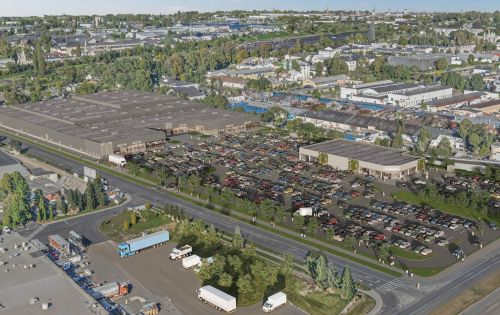Agata Zając, associate director responsible for land purchases, JLL’s industrial department: To a small degree. The amendment on the environmental protection act, which partly relates to tree felling, was actually more about the desire to protect private property rather than to create new investment sites.
What has actually prompted this massacre of trees? Have people stopped liking trees?
It’s all about the ‘I’m doing this because I can’ principle. Let’s also not forget that thanks to the changes to the regulations, removing trees from private property has not only become easier in formal terms but also cheaper, which has prompted those owners who had been putting off decisions to cut down trees because of financial issues.
So what is the problem? Perhaps it is the other restrictions on tree felling – those related to the bird nesting season?
This could be more applicable because the protection period, between March and October, has to be































































